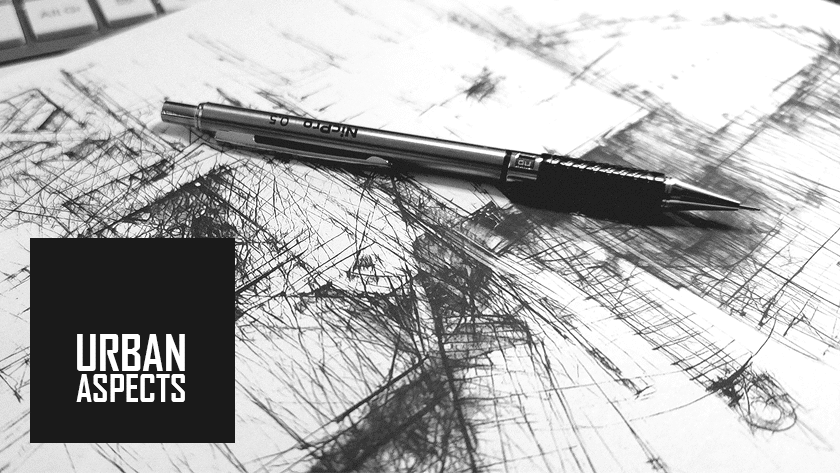In the last 4 to 5 years, I have made some analog sketches or rather various study drawings, most of them in DIN A3 size. I never published these drawings because I didn’t draw them very detailed, basically they are just outlines and served me only as a reference for later modeling.
Two or three weeks ago, I discovered a very talented artist „Ian Chamberlain„, his drawings are very inspiring and hit the style I’ve been celebrating for a long time. A lot of things are only hinted at in a reduced way and sometimes appear somewhat unfinished, but this gives the overall picture its charm. I used to draw exactly like this myself and it has something, how shall I put it… liberating is probably the right word. When you draw in this style, there is no framework, no boundaries, certain fixed ways of thinking or directional guidelines dissolve as if by themselves.


After taking a closer look at his work and coming across other great artists through various channels who create similarly masterful „architectural illustrations“, I came up with the idea of offering such prints myself. I’m not in the least interested in making a living from it, I don’t need to make a living from it. First and foremost, I do it for myself and before my already created drawings just gather dust in the archive, they could serve their purpose better this way.
As already mentioned, 90% of my drawings were drawn on A3 sheets, so I bought the „Viisan VF 3240 A3 flatbed scanner“ especially for scanning my drawings.

I ordered this A3 flatbed scanner from AMAZON and if anyone is interested, here is the link to the product:
After scanning the first drawing, I am more than convinced of the quality of the scanner and it should be completely sufficient for my purposes. Since most of my drawings in this style were (as already mentioned) rather rough and not very detailed, I wanted to prepare them digitally or rather draw over them digitally to create an illustrative, vector graphic look. Of course, I could also finish the drawings completely analogue and thus even more detailed, but firstly, I have to vectorize the drawings anyway in order to be able to enlarge or reduce them as required and as desired. Secondly, I had the idea that I could use SketchUp for the shadows. So I modeled the whole thing in SketchUp based on my drawing, which wasn’t too much of a task. Then I transferred the drawing to SketchUp-Layout, adjusted the lines and exported it to Adobe Illustrator to add finer details.


To present the drawing properly, I created a small „picture frame scene“ in real scale in Blender. Then I illuminated it cleanly with „three-point lighting“ and placed my drawing as a texture on a surface.

After the first pass, I’m pretty sure I’ve taken too many steps here and there could probably be more efficient ways. I will definitely test and try other approaches to achieve an efficient workflow.
Anyway, I’m quite happy with the first result and when I’ve finished about 10 of these illustrations, I’ll offer them for sale as prints here via my website. I think that I will then offer two different sizes, 60x60cm and 80x80cm and sell the individual prints very cheaply for 10,00 € or 15,00 €.

